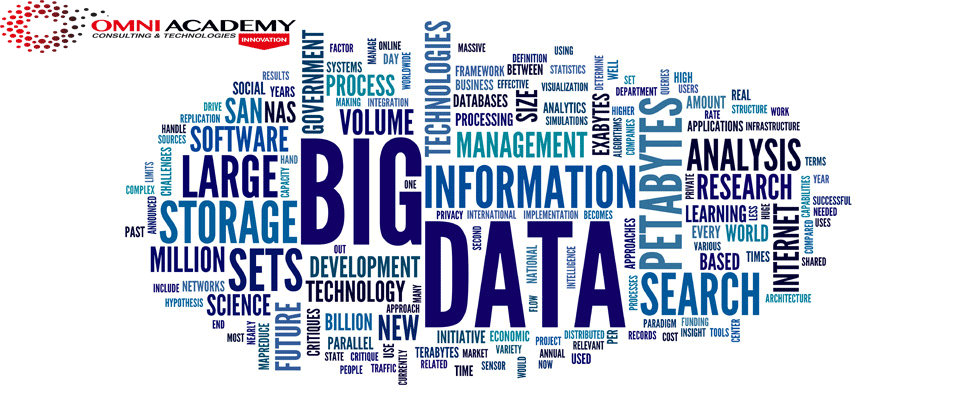Data-Driven Analytics Use Cases For Financial Services Industry In Karachi Pakistan Dubai

Data-Driven Analytics: Practical Use Cases For Financial Services
By capturing and leveraging massive volumes of data, financial services companies can capitalize on new data-driven business opportunities. As discussed in my last blog, the first step toward realizing this goal is to create a solid data management foundation that supports the analysis of both enterprise data and Big Data.
Once this foundation is established, you can begin implementing machine learning algorithms to support automated decision-making and data-driven process optimization – helping you generate insights that create better customer experiences, improve operational efficiency, and drive sales (see Figure 1).

Figure 1. Preparing for data-driven analytics use cases
These insights can help you identify the best use cases for data-driven analytics within your business. Following are some of the most effective use cases deployed by financial services industry leaders.
Improve the customer experience and drive growth
Machine learning algorithms can enable the following customer-facing use cases:
- Deliver personalized services based on customer profiles, using data on customer satisfaction, preferences, buying history, demographics, and behavior to better understand their needs. These insights can help you tailor products and services and deliver highly targeted, personalized offers that improve customer satisfaction and retention.
- Recommend the next-best product to buy using deep insights to accurately cluster customers and prospects into segments according to their profiles and probable needs. Use these insights to develop cross-sell and up-sell opportunities, which can be triggered at the right time through the right channel.
- Provide robo-advisor services to help customers with investment decisions by offering a peer-to-peer comparison or customer-specific portfolio advice. A robo-advisor can manage portfolios without human influence, basing investment decisions on algorithms developed from customer risk profiles.
- Automate personal finance management, which gives customers a holistic view of their finances and provides forward-looking advice. Identify investment opportunities based on customer risk profiles and available funds, propose remortgaging a house loan, or use previous spending data to understand trends and encourage better customer savings habits.
- Offer chatbots that address customer needs and inquiries, walk customers through process steps, provide predictive messages and behavior insights, and automate tasks such as money transfers or balance inquiries. Over time, chatbots collect behavioral data on users and learn the appropriate replies to user requests.
Optimize risk controls and business outcomes
The following use cases demonstrate how machine learning algorithms can help protect your business:
- Provide early warning predictions using liability analysis to identify potential exposures prior to default. You can also work proactively with customers to manage their liabilities and limit bank exposure.
- Predict risk of loan delinquency and recommend proactive maintenance strategies by segmenting delinquent borrowers and identifying self-cure customers. With this insight, banks can better tailor collection strategies and improve on-time payment rates.
- Improve collection and recovery rates. To minimize delinquencies, credit card issuers can use account pattern-recognition technologies and develop contact guidelines and strategies for delinquent accounts.
- Predict risk of churn for individual customers and recommend proactive retention strategies to improve customer loyalty. Identify at-risk customers and act quickly to retain them.
- Detect financial crime such as fraud, money laundering, or counter-terrorism financing activities by identifying transaction anomalies or suspicious activities using transactional, customer, black-list, and geospatial data.
Automate business processes
Machine learning streamlines processes in the following use cases:
- Algorithmic trading based on deep learning, high-performance computing, and geographical positioning can deliver subsecond timing advantages in automated trading.
- Customer credit risk evaluation uses application and customer data for automated real-time credit decisions based on information such as age, income, address, guarantor, loan size, job experience, rating, and transaction history.
- Customer complaint management uses data from various interaction channels to understand why customers complain, identify dissatisfied customers, find the root causes of problems, and rapidly respond to affected customers.
- Inquiry response employs data from customer engagement channels to automatically route and respond to inquiries while spending fewer resources on manual tasks.
Improve operational efficiency
Machine learning can help you predict operational demand based on historic data and future events. With this insight, for example, you can anticipate call center traffic volumes or predict demand for cash at ATMs.
Self-service analytics for everyone
As financial services companies gain value from data-driven analytics, they must embrace self-service capabilities that put data in the hands of employees. Workers across all levels of the organization should be empowered to drill into the data, using self-service analytics to unleash innovation, create organizational enthusiasm for using data insights, and develop new ideas on monetizing existing data assets.
Data-driven analytics are key to the current and future competitiveness of financial service companies. We are just at the beginning of a wave of innovation based on data and powerful analytics, with much more to come.
Organizations that invest boldly in becoming more data-driven – by developing the right data management platform and a clear data analytics strategy − will be winners over the long term.
For more information on today’s data management challenges, read the first blog in this series. To learn more about a modern data management approach for financial services companies, read the second blog in this series.
Comments
Post a Comment